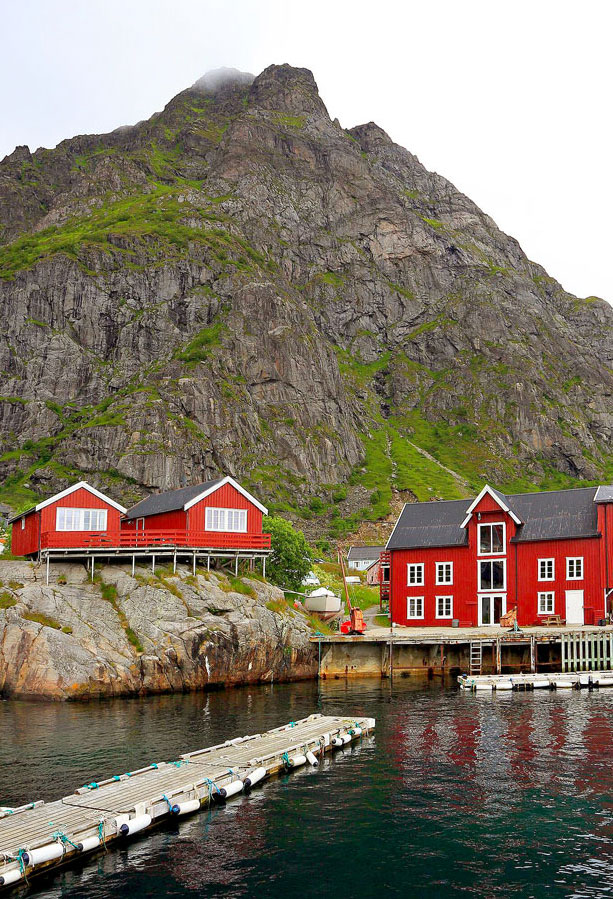There are millions of place names on Earth. Some boast impossibly long, difficult-to-pronounce names — such as Llanfairpwllgwyngyllgogerychwyrndrobwllllantysiliogogogoch, the name of a community of villages in Wales. At the other end of the spectrum are some town names that, remarkably, are just one or two letters long. Discover seven places with some of the shortest names in the world and the stories behind them.
Å, Norway
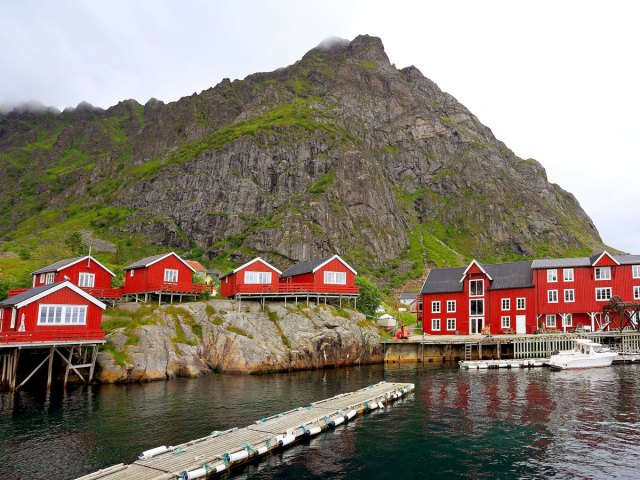
At the southern end of the Lofoten archipelago in northern Norway, there’s a small village known by just a single letter: Å. Pronounced like the “o” in “born,” “Å” is one of eight vowels in the Norwegian alphabet. It’s also an Old Norse word meaning “small river.” Only about 150 people live in the village, which is known for both fishing and tourism. (Among other things, it’s home to both the Lofoten Stockfish Museum and the Norwegian Fishing Village Museum.)
Interestingly, the Å in Lofoten is not the only Å in Norway; at least six other towns have the same name, but Lofoten’s Å is the most popular, likely because of the scenery and climate of the islands. The weather is mild, the mountains are large, and in the summertime, you can experience days with up to 24 hours of sunlight.
Oô, France
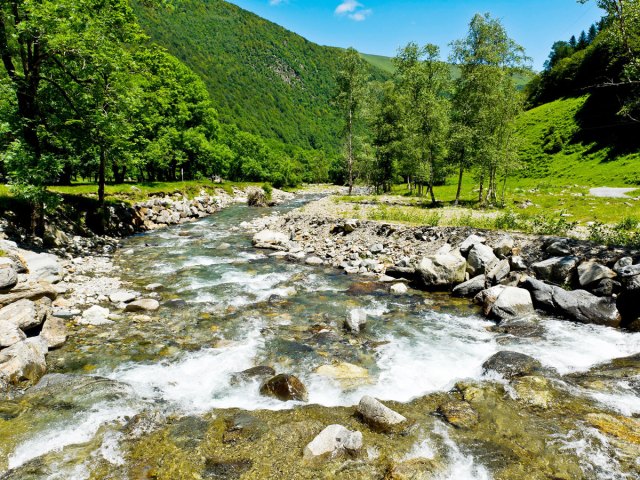
Oô is a commune in the Haute-Garonne department of France, close to Bagnères-de-Luchon in the Pyrenees Mountains. That helps put the name of the town in context, as “Oô” translates to “high mountain” in the regional dialect. Its main feature is the picturesque Lac d’Oô, a glacial lake that was turned into an artificial lake by a dam built in 1921. The lake covers approximately 103 acres and is surrounded on all sides by steep slopes covered in greenery.
It also sits below a waterfall that pours water down about 900 feet. The beautiful scenery makes the lake especially popular with hikers, who follow a path across the Pyrenees Mountains, past the lake, and then into Spain, which borders Oô to the south.
Y, France
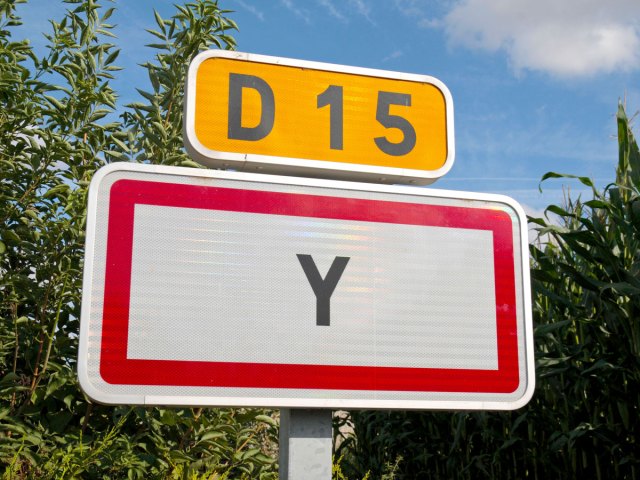
Y, a tiny commune in northern France, has only two main streets, which come together to form the shape of the letter “Y” — hence its abbreviated name. The population is similarly small; it currently has around 90 residents, and at the height of the town’s density, in 1866, only 226 people lived there. Villagers call themselves Upsiloniennes, a reference to the Greek letter upsilon, which — like the commune’s roadway layout — resembles the letter “Y.”
The commune’s main claim to fame is its name, but it also experienced a brief period of internet notoriety for another reason. It became known as “the Place of Death” in the 2000s, thanks to a genealogist’s error when inputting the place of death for people. That mistake led to a number of records showing that a person died in Y when they probably had never even been there.
Ii, Finland
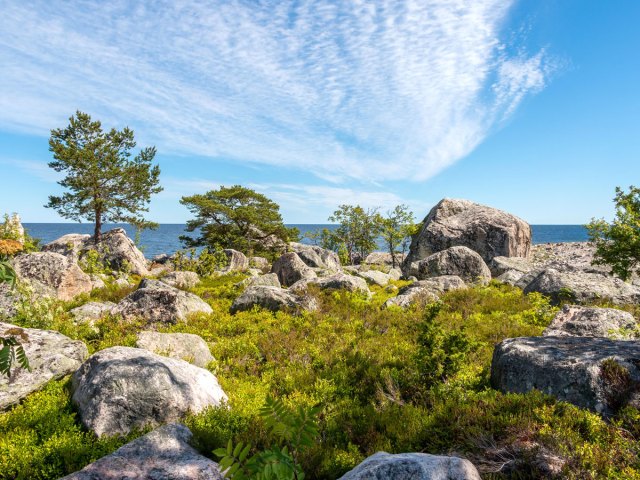
In central Finland, on the Gulf of Bothnia and just north of Oulu, travelers can stop at Ii, a municipality with nearly 10,000 people. The community was founded in 1445 as a trading center dealing in peat, salmon, and fur. Its name, the shortest in all of Finland, comes from an old Sami word, “iddja” or “ijje,” which translates to “night.” Ii is currently working on a special goal: to be a zero emission and completely waste-free community. The town is already well known in Nordic countries for its sustainability efforts; its goal for 2020 was to cut carbon emissions by 80%, well ahead of goals set by the European Union.
Aa, Estonia
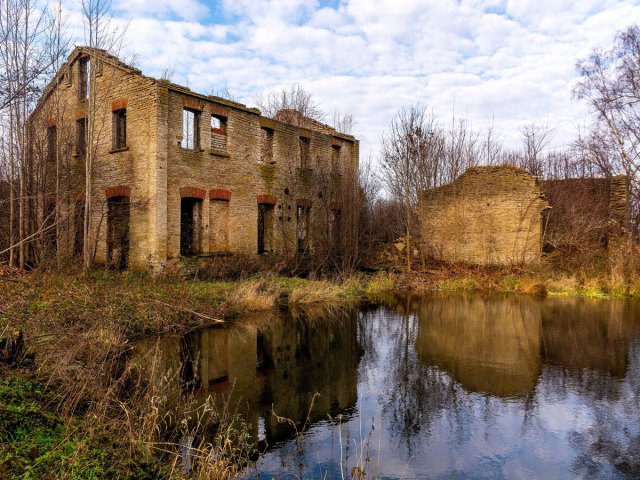
Aa is a village in northern Estonia, right on the coast of the Gulf of Finland. It dates back to the 1200s but is perhaps best known today by Estonian crossword puzzlers, as it’s a common answer to crossword clues in the country. Its popularity was solidified in 2019, when an Estonian puzzle magazine asked readers to vote for what should be the new capital of Estonia, based on towns and villages with short names that were often crossword answers. Aa won by a landslide. The town has an old manor house, built in the 1400s, that’s now a care home, plus a chapel in a former garden pavilion, and a roughly 700,000-square-foot nature park.
Hum, Croatia

Hum, Croatia, is one of the smallest towns in the world, with a diminutive name to match. As of 2011, its population was only about 30, and the village itself is contained mostly within a set of medieval stone walls. It’s located in the northwest part of Croatia, near Glagolitic Alley — a road lined with 11 large stone sculptures representing the Glagolitic alphabet.
Hum itself has only two streets, both paved with cobblestone and very short, along with a restaurant, two churches, a castle, and some souvenir shops. It’s a medieval village, and much of the architecture from earlier centuries remains today, including a church tower built in the 1500s and a baroque church constructed on the site of an earlier church in the 1800s. There’s also a pair of big copper doors at the town gates, with Glagolitic inscriptions welcoming visitors. Hum follows old traditions as well; a new mayor is elected annually by only the men in town, who cast their votes using wooden spoons.
Ny, Belgium
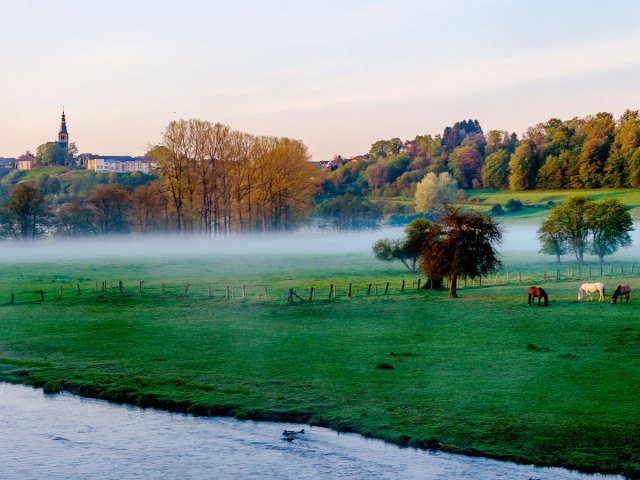
Ny, Belgium, is located in the Province of Luxembourg in Wallonia, the French-speaking region in the southern part of the country. A member of Les Plus Beaux Villages de Wallonie (“The Most Beautiful Villages of Wallonia”), which seeks to preserve and enhance the landscape and heritage of the area, Ny is a hamlet of historical architecture and rural charm.
A limestone castle-farm in the village dates back to the late 1600s and serves as a backdrop for the town’s annual medieval tournament reenactment, but some infrastructure is even older. There’s a mill from the 1300s, for example, that still has its wheel intact. The town also has a number of drinking fountains and water troughs that date back to the 1700s, as well as a neo-Gothic church and presbytery. About three miles away are the Caves of Hotton, where visitors can go more than 200 feet underground to explore a maze of caverns.
More from our network
Daily Passport is part of Inbox Studio, which publishes content that uplifts, informs, and inspires.






